When you get outside Paris, you will find Romanesque and Gothic churches of astounding beauty. In Paris, there's the Louvre, but make time for smaller museums, like the Musée Moreau and churches like Saint-Sulpice (where you can see newly-restored paintings by Delacroix).
Some background
videos + essays
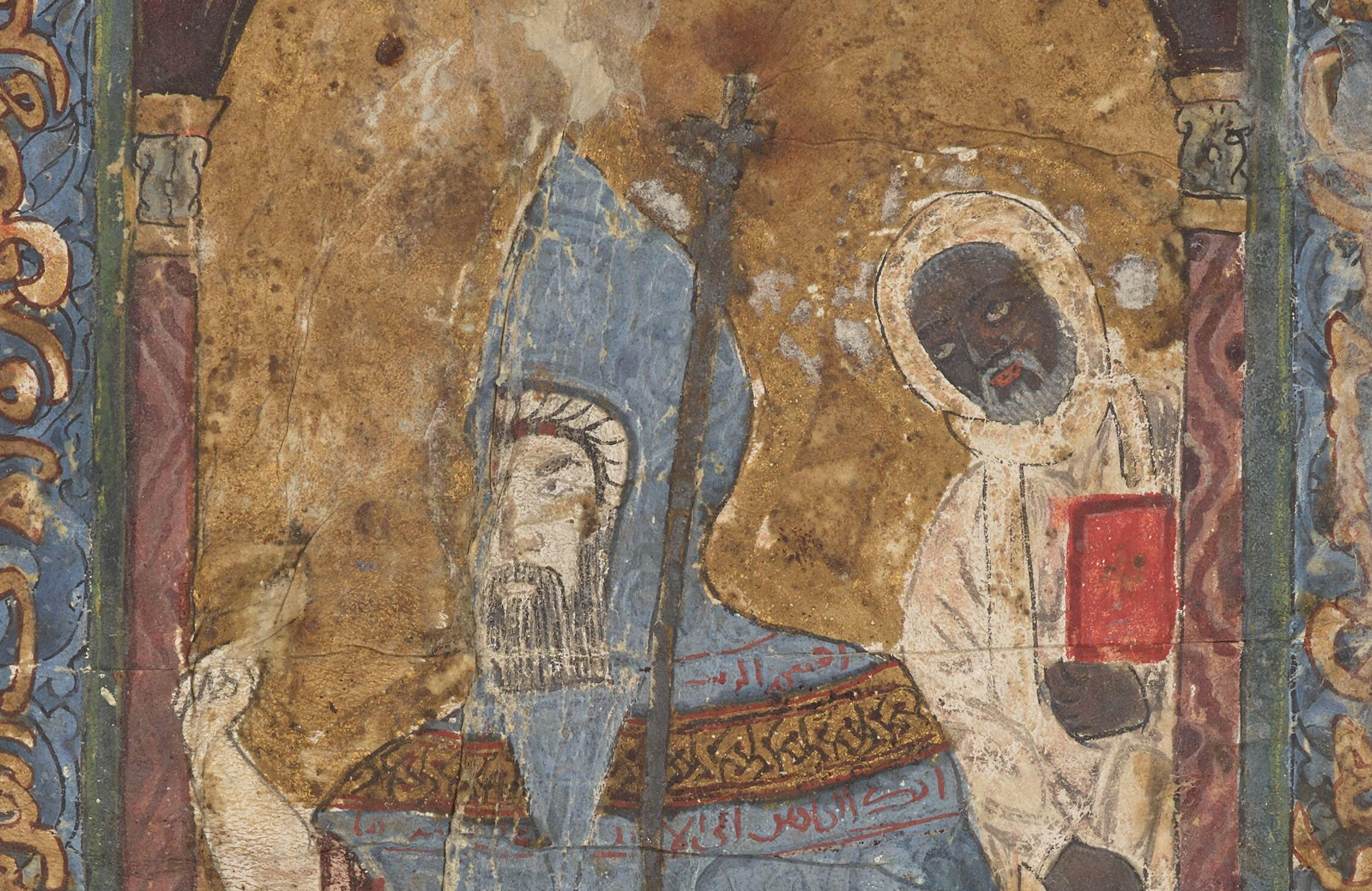
Portrait of a Coptic Patriarch
A closer look at this 12th-century Egyptian illuminated gospel book reveals why it is remarkable.
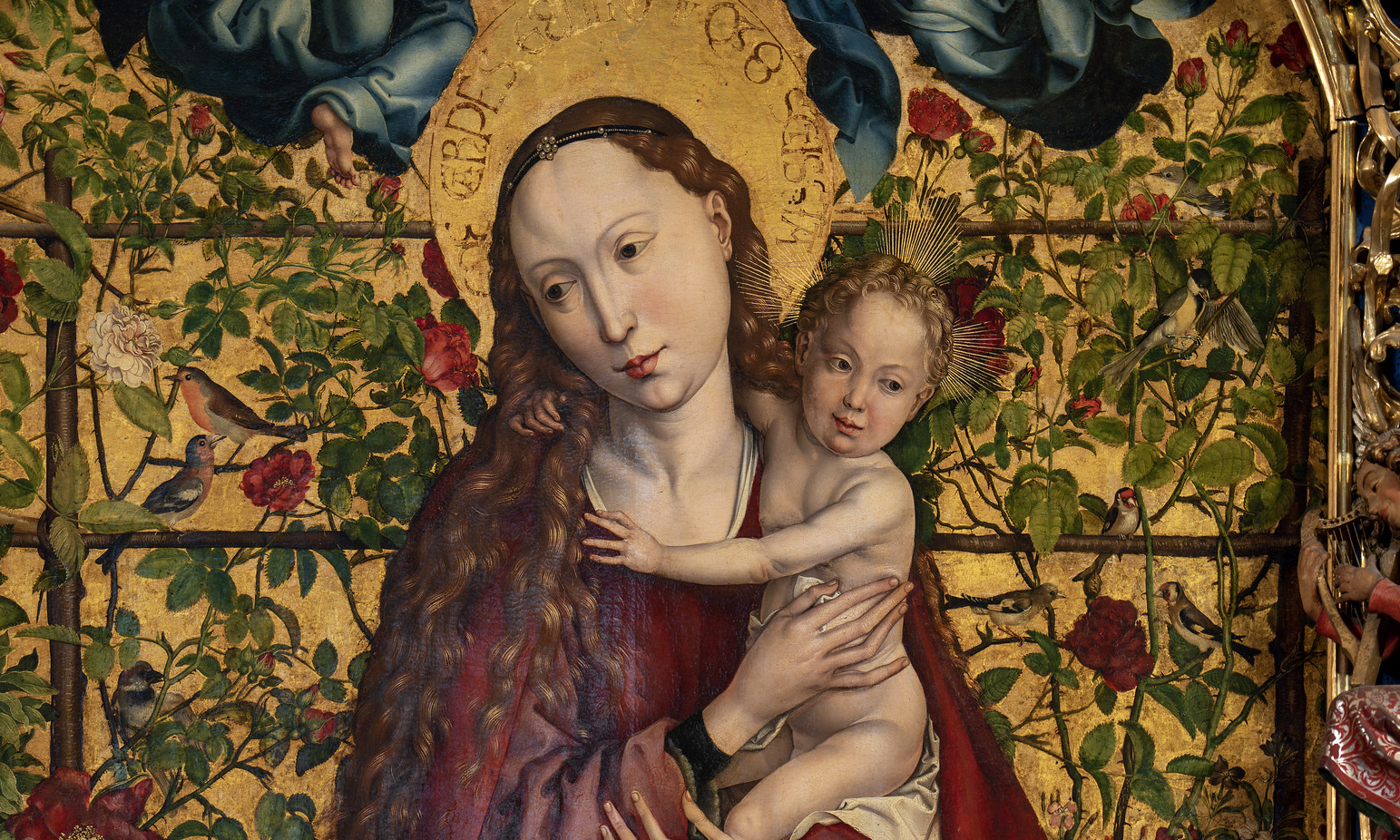
Martin Schongauer, Madonna of the Rose Bower
Schongauer paints an intimate scene of Mary and the Christ child surrounded by symbolic details—roses, strawberries, and goldfinches.
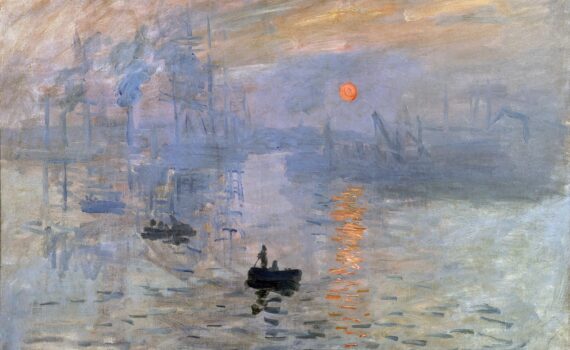
Claude Monet, Impression, Sunrise
Impression, Sunrise captures a quiet morning in the port of Le Havre, but a closer look illuminates the changes happening in 19th-century Europe.
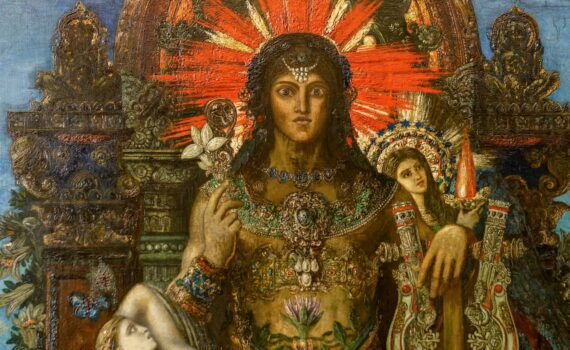
Gustave Moreau, Jupiter and Semele
Moreau paints with brilliant jewel-like colors, and everywhere we look the figures seem filled with Melancholy.
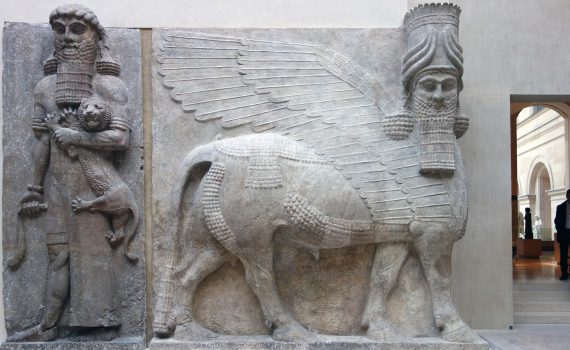
Lamassu from the citadel of Sargon II
Winged, human-headed bulls served as guardians of the city and its palace—walking by, they almost seem to move.
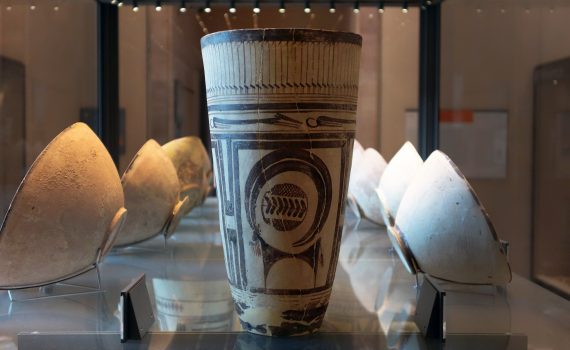
Bushel with ibex motifs
This beautiful pot was created over 5,000 years ago, and its decoration echoes its shape.
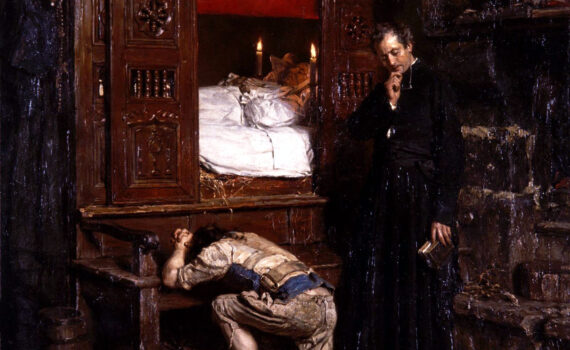
Henry Mosler, Le Retour
Tightly rendered in a dark palette, Le Retour reimagines a traditional New Testament subject in the picturesque French province of Brittany.

The “Hileq and Bileq” Haggadah
Filled with playful images and captions, the Hileq and Bileq Haggadah delighted its fifteenth-century users much as it continues to do today.

Matthias Grünewald, Isenheim Altarpiece
Demons as haunting as these could be a sign of delirium, or just another of Grünewald’s otherworldly creations.
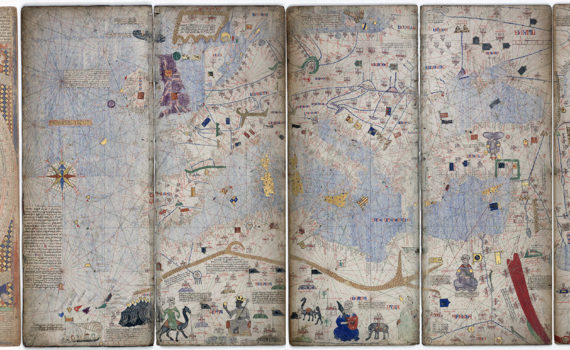
The Catalan Atlas
The Catalan Atlas reveals how one 14th-century Jewish mapmaker understood the political and ethnic realities of his world.
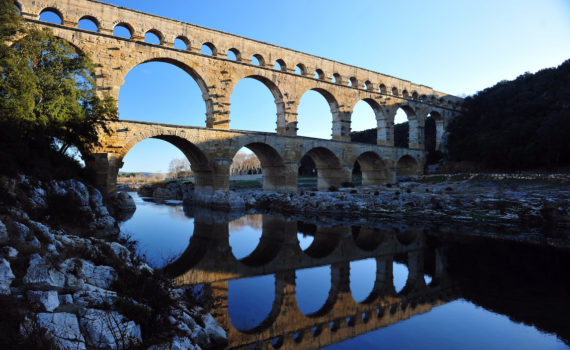
Pont du Gard
The Pont du Gard is one of the greatest public works projects spearheaded in the Augustan age.
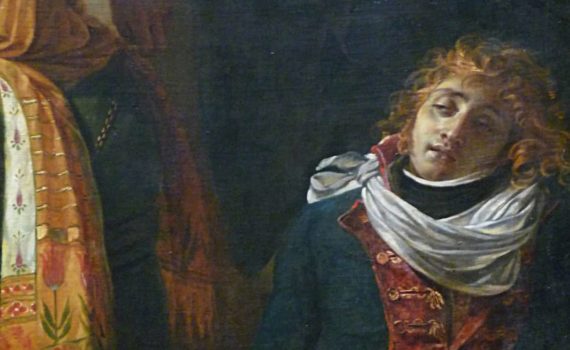
Baron Antoine-Jean Gros, Napoleon Bonaparte Visiting the Pest House in Jaffa
Napoleon masterfully manipulated his image, and this painting meant for Parisian audiences is pure propaganda.




